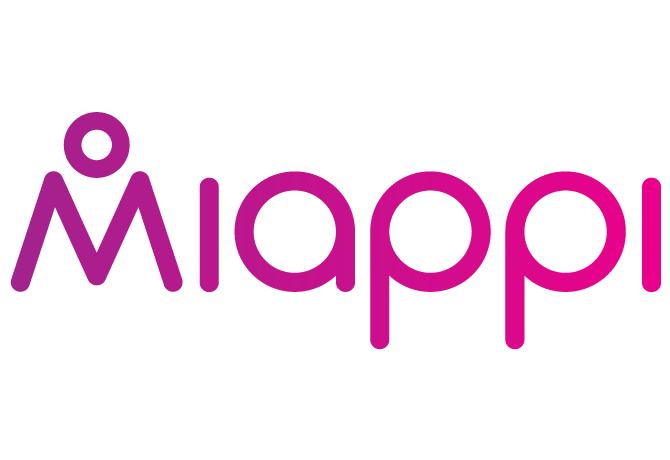How Paid Ads Benefit from Authentic User-Generated Content
By
Steve Hand

User-generated content is no longer an optional add-on for digital marketers. After all, 92% of consumers turn to people they know for referrals above any other source. 74% of consumers rely on social media to inform their purchasing decisions. And this makes sense. After all, marketers have long been aware of the concept of social proof. The idea is that we trust what our friends and family say about a company far more than we trust the company itself. That’s why 77% of people say that word-of-mouth from family and friends is the most persuasive way to get information about new products. And excessive negative reviews on Google can lead to companies losing up to 70% of potential customers . It’s pretty clear, then, that social proof in the form of user-generated content can be an important tool for the modern marketer. But how do we make the most of it when it comes to paid advertisements? It’s time to find out.
If you’re not including user-generated content as part of your paid advertising campaigns then you’re missing out. It’s an easy way to level up your marketing approach and to make your paid advertising campaigns much more cost effective. At the same time, UGC also tends to boost your organic reach, making it a powerful tool for owned, earned and paid media. So what are you waiting for?
The five types of social proof
Before we get started, let’s take a deeper look at the concept of social proof. Luckily for us, inbound marketing pioneers HubSpot have already identified the five types of social proof:- Expert Social Proof: When someone at the top of their field talks about your product, you benefit from their expertise. For example, imagine Apple’s Jony Ive blogging about the physical design of your product.
- Celebrity Social Proof: This is like expert social proof, except not all celebrities are experts. Imagine Miley Cyrus blogging about the physical design of your product. She’s not a world-class designer and so she’s not an expert, but she’ll still bring in the eyeballs.
- User Social Proof: User social proof comes to us from testimonials and reviews from other people that we don’t know. For example, when we read the reviews on an Amazon page, we’re receiving user social proof. We don’t know those people, but we do tend to trust them more than the brand.
- “Wisdom of the Crowds” Social Proof: Ever heard the term FOMO (fear of missing out)? This kind of social proof refers to our natural urge to join trends and to try products and services that people keep talking about.
- “Wisdom of Your Friends” Social Proof: This is what we most often think of when we talk about social proof. Ultimately, if we want a recommendation, most of us turn to our friends. This is arguably the most powerful form of social proof.
But those aren’t the only benefits. Here are just a few more of them.
How paid ads benefit from User-Generated Content
This really depends on what kind of advertisements you’re running. For example, banner ads can show off user-submitted photography but search engine results pages can’t. However, search ads make up for it thanks to tools like Google’s Ad Extensions. These allow you to augment your paid ads with ratings and reviews, which are arguably the most valuable forms of UGC of all. Paid ads on social networking sites are a match made in heaven for UGC. One study found that Facebook and Instagram ad campaigns using UGC photos receive a 50% increase in click through rate and a 5x return on ad spend. We go on social networking sites so we can stay up to date with our friends and family, and brands need to remember that and then factor it into their marketing.What does this mean?
This means that UGC should be built into paid advertising by default. It’s effectively a foolproof way to get more bang for your buck. After all, while you’ll still pay the same to actually run the ads, they’re likely to perform better. This all comes back to social proof. People will react better to your promoted content appearing in their feeds if you’re highlighting UGC about or around your company.Why UGC works for paid ads
User-generated content has a whole heap of benefits, starting with the fact that it makes your advertisements more cost effective. This is especially true for social networking sites like Facebook which rely on algorithms to determine which ads to serve. Facebook uses something called a relevance score, which basically ensures that the most relevant ads are being served to the most relevant people. This means that if your advertisement is receiving large amounts of interaction then it’s more likely to be served to other people. It can even reduce the amount that you pay because Facebook prefers to serve up relevant content at a lower price than irrelevant content at a higher price. In fact, a 1% increase in engagement can lead to a 5% reduction in the overall cost per engagement. Another benefit of using UGC within your advertisements is that it augments your storytelling approach and allows you to engage people through their emotions. It also gives a nod to the people who are going out of their way to create that content. Just make sure that you have their permission to use it before you start creating your ad campaigns.How brands have exploited UGC
The good news is that there’s a huge amount of precedent. GoPro has effectively based its entire business model around nurturing UGC. It’s also no stranger to incorporating that UGC into both paid and organic ad campaigns. They have over five million subscribers on YouTube, which is a powerful incentive for GoPro users who want the company to share their footage. Another great example is Crown Resorts, which uses UGC for Facebook ads while simultaneously explaining that it’s a photo from a guest in the advertisement text. They want to make it as clear as possible that it’s a piece of user-generated content and not some Photoshopped image from the brand itself. This led to a 21% lower CPM, a 25% increase in positive engagement and 40% more impressions. Not too bad for such a relatively minor tweak to their ad strategy!Conclusion
As you’ve seen from this article, user-generated content and paid ads go hand in hand. After all, when you run paid advertisements, you need something to advertise. You could run ads to promote your own internal creative, of course. But you’d be missing a trick. Instead, it makes much more sense to use paid advertisements to promote UGC and other types of high-performing content. Think of running paid advertisements as like putting nitrous oxide in a car. It’ll make it run faster. But it won’t do much good unless you have a good engine and the right tires.What needs to be done
The good news is that most brands find that UGC is already being created about them. Even when it isn’t, it’s the perfect excuse to launch a UGC marketing campaign . After all, it has all sorts of benefits and can play an important role in your overall marketing strategy. Paid ads are only the beginning.If you’re not including user-generated content as part of your paid advertising campaigns then you’re missing out. It’s an easy way to level up your marketing approach and to make your paid advertising campaigns much more cost effective. At the same time, UGC also tends to boost your organic reach, making it a powerful tool for owned, earned and paid media. So what are you waiting for?



